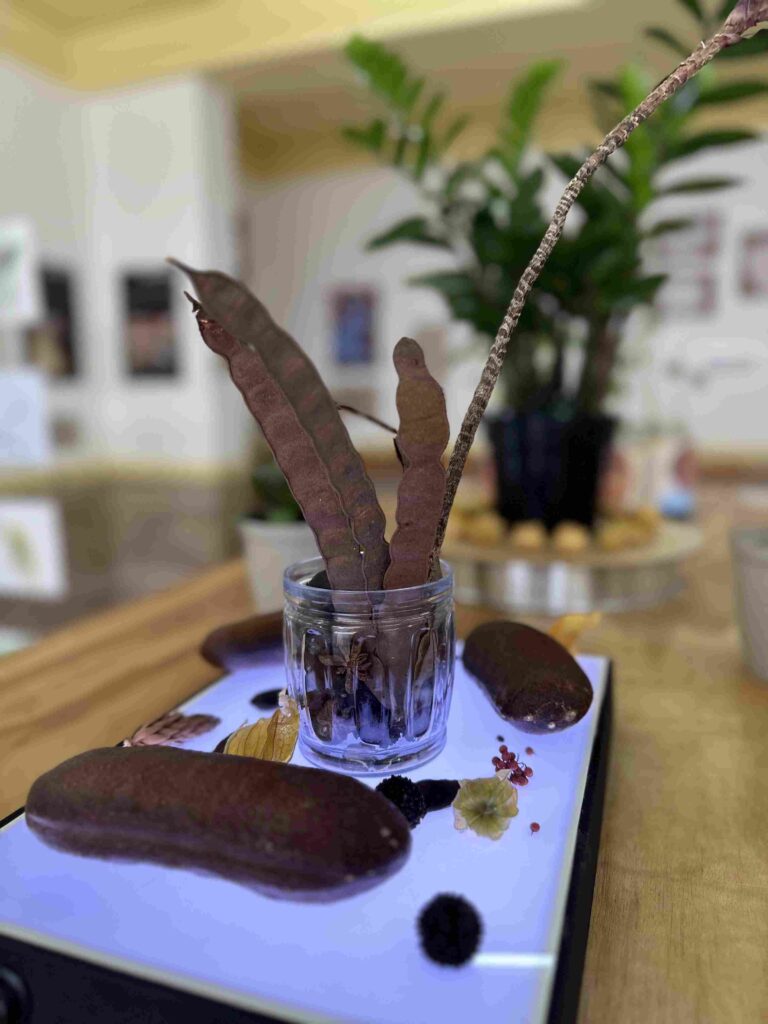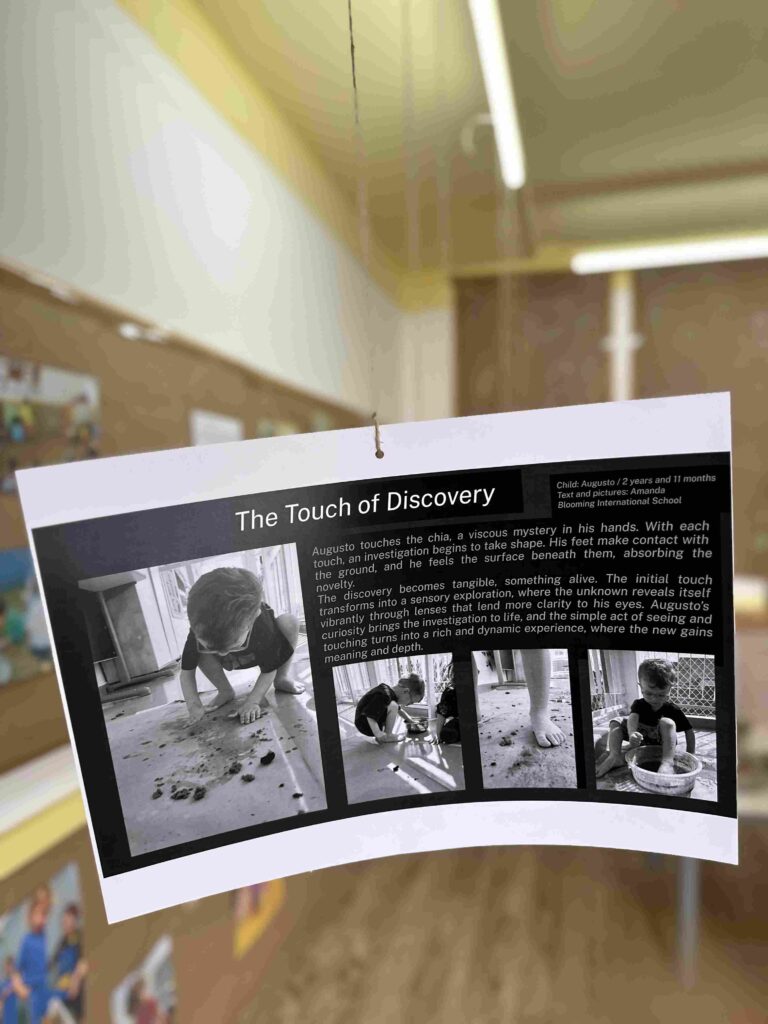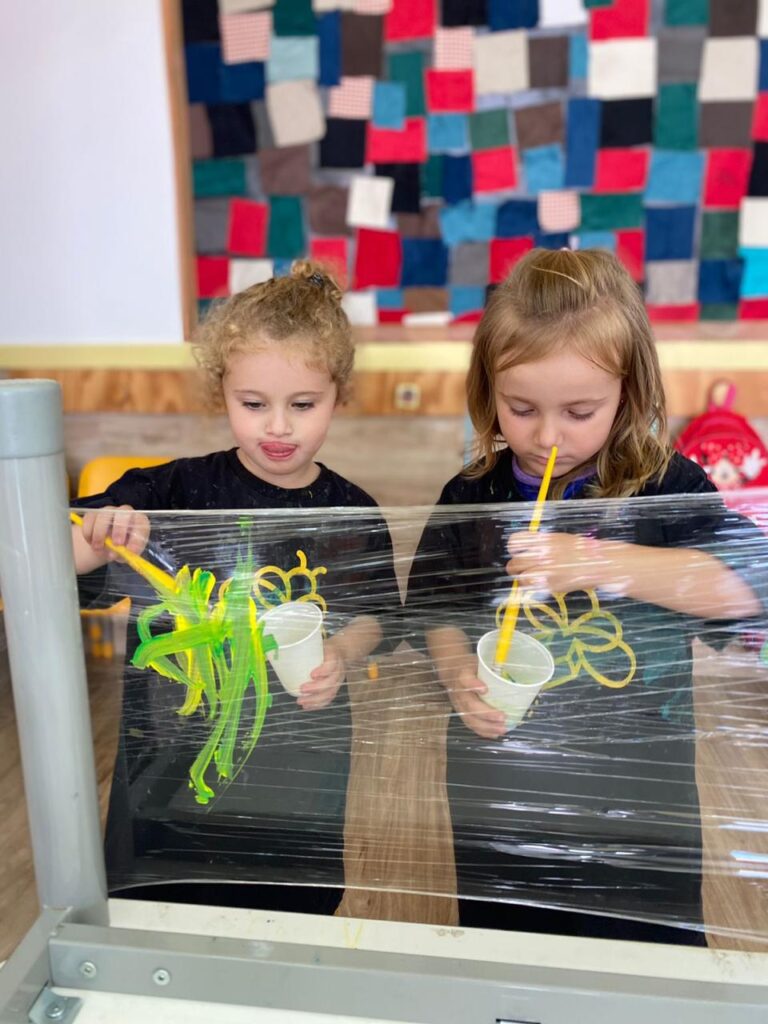Blooming
We are a Brazilian school offering an immersive international bilingual curriculum grounded in the best pedagogical practices worldwide.
Our goal is to provide students with a playful, innovative, and enriching learning experience. At Blooming, knowledge flourishes through experimentation, discovery, and reflection, with children taking the central role in constructing their own learning journey.
Through a distinctive and nurturing pedagogical approach, we aim to shape autonomous and critical citizens who are fully aware of their abilities and their role in society.



Useful Links

